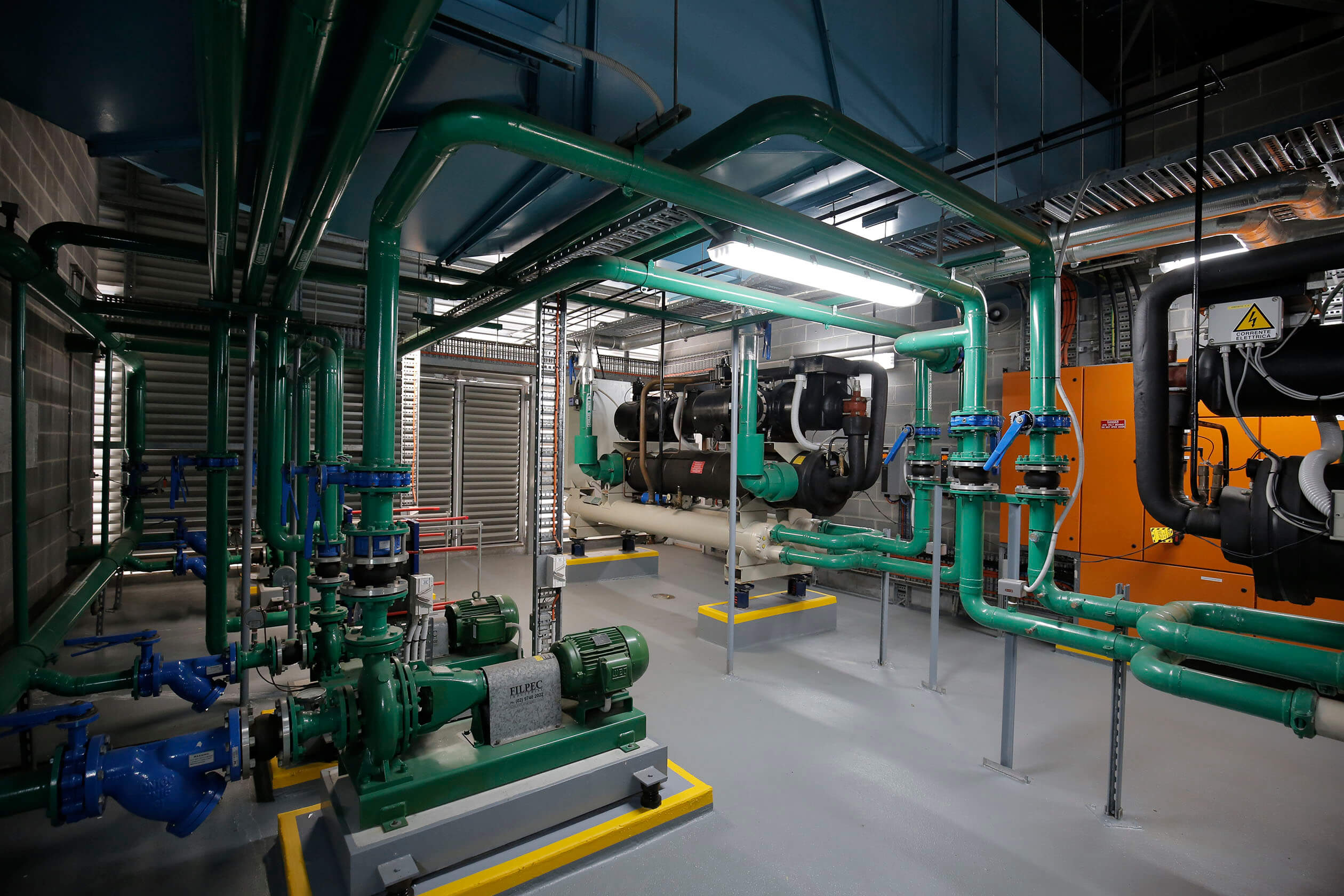By Rod Kington, National Manager - Sustainability What are energy-efficient buildings? Energy-efficient buildings follow the net-zero concept for green technology and global emission reduction. By installing systems to reclaim the same amount of energy and emissions that are lost, these buildings aim to become self-sufficient within their environment. Following the net-zero concept means t
Read full article
The need to protect buildings with a cyber security system can be correlated to the increasing profile and volume of attacks against these assets. It is no longer possible to remain blissfully unaware that buildings without a proper Building Management System (BMS) are valuable targets for cyber threats and cyber-attacks. One of the first high-profile attacks in 2014 was targeted at a large US ret
Read full article
By Robert Westerhout, Compliance Manager – FireThe Building Code of Australia details the minimum design criteria for fire safety measures in a building. These requirements are based on the Available Safe Egress Time (ASET) being less than the Required Safe Egress Time (RSET). ASET is the time it takes from fire ignition for conditions to be untenable. RSET is the time it takes from fire ignitio
Read full article
The built environment is made up of critical building services and infrastructure, which are major capital investments for any business. The use of comprehensive auditing services across buildings increases asset visibility and enhances risk management. By appropriately capturing all relevant data, building owners and occupants can develop a unique and strategic asset management/maintenance plan.
Read full article